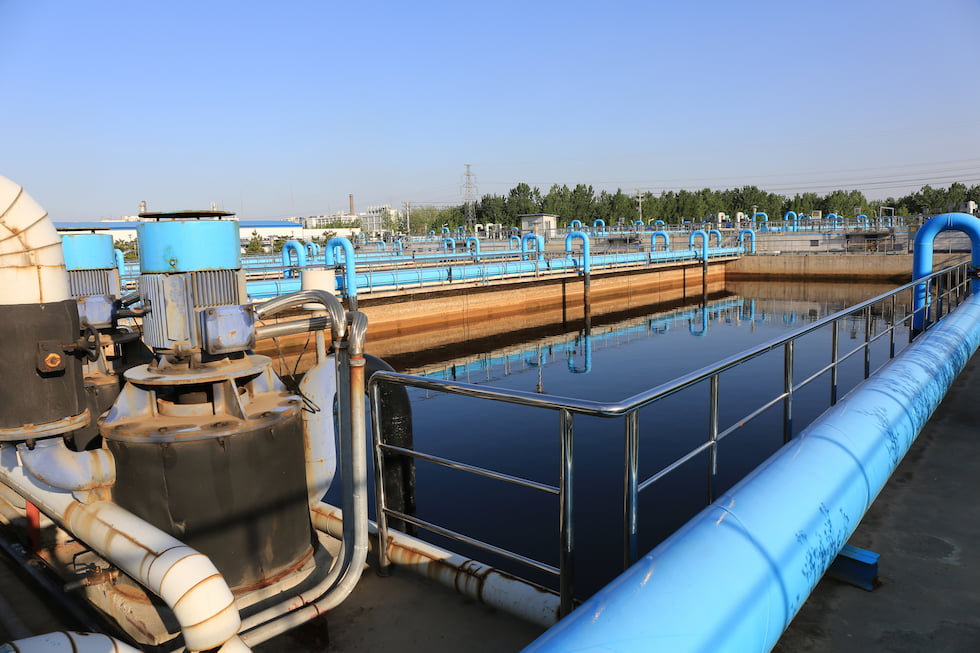
Following the $2 trillion infrastructure bill announcement, Pumps & Systems spoke with Chip Kilduff, an associate professor of civil and environmental engineering at Rensselaer Polytechnic Institute in New York and an expert in managing water quality and water treatment. Here is what Kilduff said about his research and the infrastructure improvements most needed in the United States.
PUMPS & SYSTEMS: Can you tell me about your research and how it helps water systems and water infrastructure?
KILDUFF: We are working on ways to change the chemistry of membrane surfaces to reduce their affinity for
various foulants found in water. Such foulants include proteins, natural organic matter (humic and fulvic acids), polysaccharides.
The goal of the work is to make membranes easier to clean without needing chemicals, to reduce energy consumption between cleanings, and to extend membrane lifetime. Our approach has been to graft chemical structures to the membrane surface or to use coatings. Generally, if we make the surface more hydrophilic, so it interacts more strongly with water, we can reduce the affinity for many of the foulants mentioned above.
P&S: What would you say is in most need in the U.S. when it comes to water, wastewater and stormwater infrastructure?
KILDUFF: In terms of water infrastructure, removing lead is a big priority. Next is improving distribution system infrastructure. Water quality leaving the plant is usually very good; oftentimes not so much by the time it reaches a consumer tap.
In terms of wastewater, I think the big challenges are: 1) nutrient removal prior to discharge into receiving waters (rivers and streams), 2) treating for subsequent reuse, and 3) reducing the energy consumption by going to more anaerobic processes.
In terms of stormwater, we need to simultaneously address quality and recharge—reducing runoff to mitigate impacts on streamflow (both high and low flow) while not putting groundwater quality at risk. We have “green infrastructure” approaches to do this but need more money and will to implement.
In some parts of the country, combined sewers are a major problem bridging stormwater and wastewater; this needs to be addressed using some of the mitigation approaches mentioned above, as well as new pipes to separate storm and sanitary flows.
P&S: Do you feel the infrastructure proposal that President Joe Biden has presented will go a long way to helping with these needs? Why or why not?
KILDUFF: There are so many needs, and the cost is so high, that I would prefer to say that the Biden plan will go a long way to start addressing these needs. But in the long run, it will take more money, and more creativity, both on the technology and on the financing side.
P&S: What are water operators in most need of—what’s being overlooked when it comes to investing in infrastructure that could most benefit them?
KILDUFF: I know one challenge is dealing with high storm event flows that seem to be increasing in magnitude and frequency. So, addressing some of the mitigation efforts discussed above will help make plants easier to run.
P&S: Is the use of smart systems such as remote monitoring important? For example, in reference to the recent Florida wastewater system emergency—should smart systems be a priority to prevent such situations?
KILDUFF: I really haven’t come to a conclusion about “smart systems,” whether they will provide real benefits or are somewhat of a gimmick. I think some types of monitoring systems could prove beneficial, using the Florida wastewater system emergency as an example, leak detection sensors may have helped mitigate the emergency. Monitoring structures might provide useful data on loads and stresses that could indicate unacceptable risks. Monitoring water quality in real time becomes challenging because we need better sensors for individual chemical species, often present at low concentrations.

